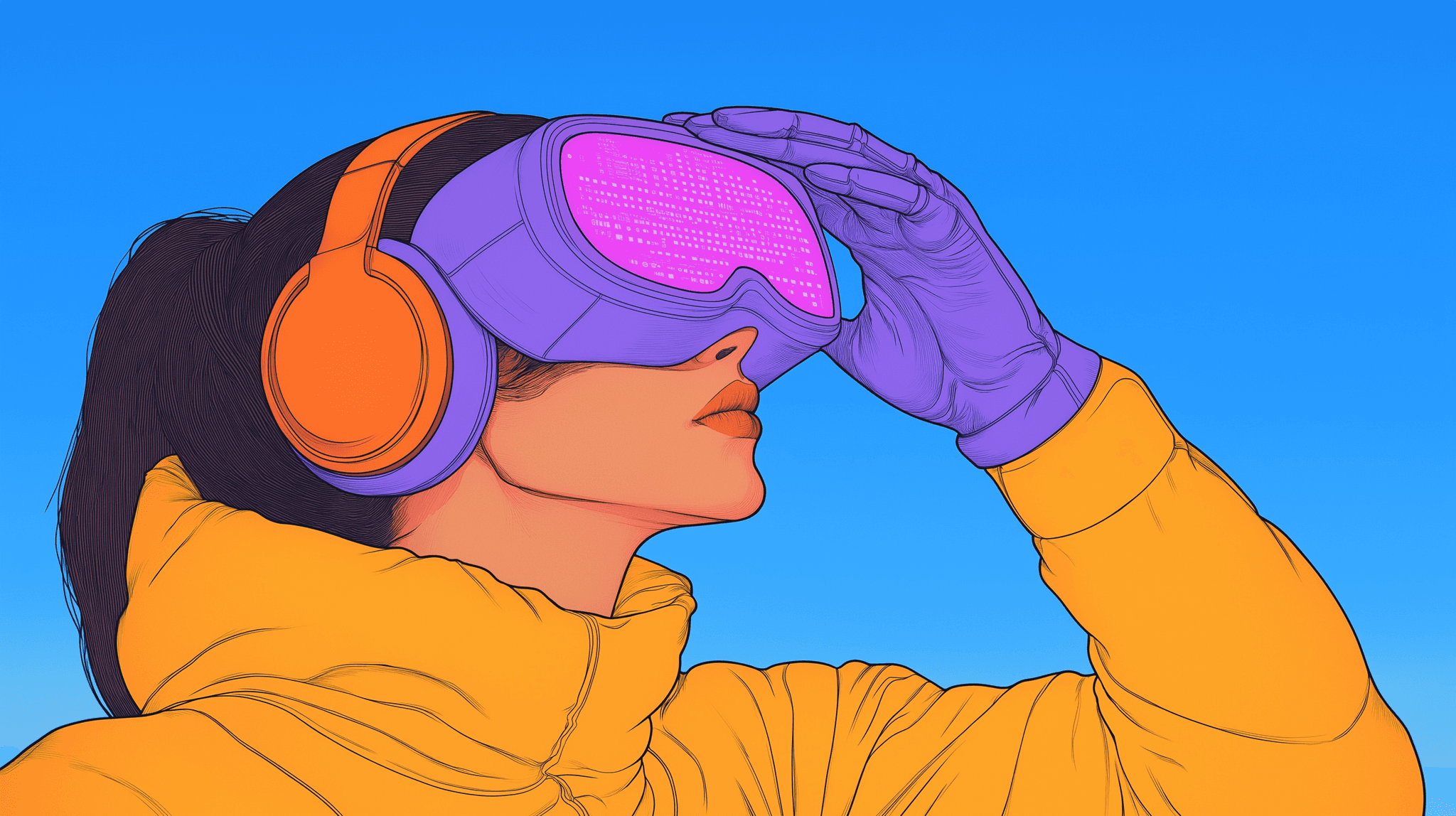Innovation and care at your fingertips
7 min read
In recent years, virtual reality (VR) has made an explosive entry into the medical world, transforming the way care is delivered and supporting doctors, nurses, physical therapists, and patients with innovative and personalized solutions. But how did we get to this point? And how is VR being used today in hospitals and clinics? Let's take a look together.
From Experimental Beginnings to Clinical Applications
In the 1990s, VR was seen as a futuristic experiment. Few would have imagined it would become an essential resource for modern medicine. One of the pioneers of this transformation was Dr. Larry Hodges, who in 1996 at Georgia Institute of Technology utilized virtual reality to treat patients with anxiety disorders. By simulating situations that triggered phobias, such as flying or crossing a bridge, Hodges demonstrated that VR could be a powerful therapeutic tool.
Following this, Dr. Brennan Spiegel at Cedars-Sinai Medical Center in Los Angeles paved the way for the use of VR in managing chronic pain and anxiety in hospitalized patients. His pioneering work laid the foundation for what is now a standard use of VR in many hospitals, where it is used to help patients manage post-operative pain or anxiety from complex medical procedures.
Studies and Discoveries: The Power of Distraction
One of the first documented successes of VR in medicine was a study conducted at the University of Washington. The team of researchers developed "SnowWorld," a snowy virtual environment designed to distract patients from pain, particularly during burn treatments. The results were extraordinary: patients reported a significant reduction in pain perception, paving the way for the use of VR in managing acute and chronic pain.
This distraction-based approach was further explored in 2004 by the American Pain Society, which published a study confirming that VR could reduce pain perception in patients undergoing post-operative rehabilitation. These early research efforts demonstrated that virtual reality is not just a temporary distraction, but an effective adjunct therapy.
The Entry of VR into Hospital Wards
The real change occurred in 2016, when Dr. Brennan Spiegel's team began using virtual reality as part of standard treatment at Cedars-Sinai Medical Center. Instead of relying solely on medications, patients could wear VR headsets and immerse themselves in relaxing environments that reduced pain and anxiety. This approach proved effective not only in enhancing the patient experience but also in optimizing care costs by reducing reliance on pain medications and improving recovery times.
According to a study published in The Journal of Medical Internet Research, the use of VR in hospital settings reduced perceived pain by 45%, a statistic that prompted numerous healthcare facilities to adopt the technology for their patients.
Virtual Reality Today: Towards a Limitless Future
In recent years, the use of virtual reality has expanded drastically, going far beyond pain management. Today, VR is used for surgical training, physical rehabilitation, the treatment of neurological disorders, and even for pre-operative patient preparation. Surgeons around the world practice on complex virtual scenarios before operating on real patients, while patients themselves can simulate their procedure in VR to feel more prepared and comfortable.
A key role in this spread has been played by standalone headsets, such as the Oculus Quest, that have made VR more accessible and easier to implement in healthcare facilities. Thanks to these portable devices, which do not require bulky additional equipment, even small clinics or outpatient facilities can adopt the technology for pain management treatments, rehabilitation, or telemedicine, improving the quality of care for an increasing number of patients.
Recent studies confirm that virtual reality is not just a passing trend. The technology has the potential to revolutionize the healthcare sector, making care more accessible and personalized. As Dr. Spiegel writes in his study, "virtual reality has the power to transform not only the lives of patients but also the way we provide medical care."
A Promising Future
With the evolution of telemedicine and the integration of artificial intelligence into immersive experiences, the applications of virtual reality in medicine continue to grow. VR not only improves accessibility to care but also offers unprecedented personalization, opening new avenues for innovative treatments that once seemed impossible. The story of virtual reality in medicine is not just a story of technological progress, but a true revolution in how we view health and well-being.
The adoption of virtual reality will continue to expand, and as we look to the future, it is clear that VR will become an integral part of daily medical routines. Those working in healthcare – doctors, nurses, physical therapists, and administrators – will play a central role in shaping this new era, contributing to making care more effective, accessible, and humane.
Sources:
Spiegel, B. M. R., et al. (2016). "Virtual Reality for Pain Management in Hospitalized Patients: Results of a Controlled Trial."
Hodges, L., et al. (1996). "Treating Fear of Flying Using Virtual Reality."
Hoffman, H. G., et al. (2004). "Virtual Reality as an Adjunctive Pain Control during Burn Wound Care in Adolescent Patients."
Mallari, B., et al. (2019). "Virtual Reality for Pain Management in Oncology Patients: A Review of Current Trends and Future Directions."

